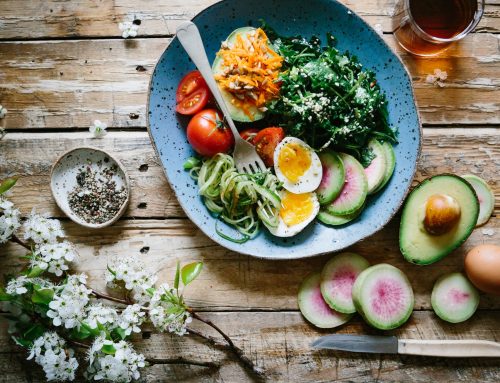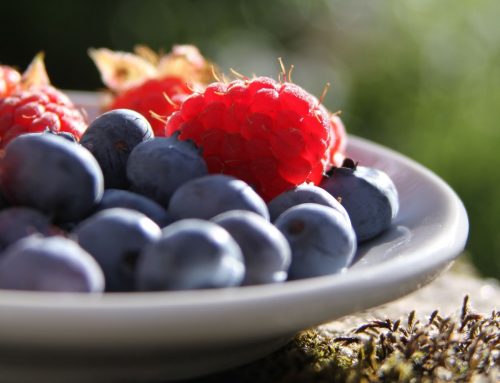Sweet Wines With Savory Dishes
Many consumers assume that wines served with savory foods must be dry. They often associate sweetness with cheap jug wines, fortified wines or German wines, with the exception of dessert wines, which many people think must be consumed with or after dessert.Sweet white wines ranging from barely sweet to luscious can be glorious with food. The key is balance: The residual sugar in the wine, often caused by incomplete fermentation, must be countered by lively acidity. In successful bottles, the result is a thrilling tightrope walk as the wine treads the line between sweet and dry. These wines are indisputably sweet, but the acidity cleans away any cloying sensation, leaving a dry, refreshing feeling after swallowing.
Serving Temperatures
It’s sadly an article of faith that many restaurants, and homes for that matter, will serve white wines too cold and red wines too warm.It’s easy to see where this comes from. White wines are generally served cooler than reds, and in an era of refrigerators and ice, this has come to mean ice-cold. Reds, meanwhile, are to be served at “room temperature,” a term derived at a time when many rooms had thick stone walls, and the indoor temperature may have hovered around 60 degrees.Serving whites too cold seriously compromises good bottles, muffling nuances and complexities. Conversely, mediocre whites ought to be served ice-cold; the temperature masks any flaws.If you are knocking back the house pinot grigio at the corner bar, make sure the bottle comes directly from the refrigerator. For a fine white, though, take it out of the fridge a good half-hour before serving, and in restaurants, do not reflexively allow the bottle to be put on ice. Take its temperature first.
Reds are a bit trickier, depending on the age and texture of the wine. Ideally, a bottle should be slightly cool to the touch. Modern room temperature can often leave a good red seeming flabby or fatiguing. A slight chill is bracing to the wine. Tannic wines served too cold can seem tough and unpleasant. If a bottle seems too warm, 15 minutes in the fridge — or, at a restaurant, 10 minutes in an ice bucket — can work wonders.For a complicated dish of potato gnocchi with sweetbreads, chanterelles and runner beans, Joe Robitaille of Bar Boulud and Boulud Sud picked two unusual wines: a rich, textured, amber-colored 2009 from Domaine Economou in Crete, made of the obscure vilana and thrapsathiri grapes, and a pinot noir from the Jura, the 2015 Arbois Les Gaudrettes from Domaine de Saint Pierre. These were excellent examples, and each benefited greatly from the correct serving temperature.
Unconventional Food Pairings
Few wine issues cause so much anxiety as putting together food and wine. For this reason, I’ve always believed that the conventional wisdom — white wine with fish and poultry, red wine with meat — is not a bad place to start.
But as people become more confident, they quickly find the exceptions. Northern Rhône syrahs are beautiful with chicken, as is pinot noir or cabernet franc with duck. Seafood is another matter, and certain meatier specimens like salmon, tuna or octopus go well with light reds like pinot noir.For a dish of salmon with figs and fennel in a red-wine sauce, Aaron Fusco of Café Boulud picked two less-conventional reds, a 2014 cabernet sauvignon and a 2014 merlot from the Carneros region of Sonoma County, both from Inconnu Wine.Mr. Fusco’s underlying motive may have been to demonstrate that not all California reds are big and powerful. These were both delightfully fresh, the cabernet snappy and the merlot soft. They went well with the salmon, and though I might have preferred a pinot noir, the wines made their points.
Fine Vintage Fixations
I have met too many people who will buy fine wines only from vintages that critics deem great. This may be a fine strategy for investors — those who buy great wines with the intent of reselling for a profit — but for people who simply want to enjoy good wines, it is a mistake, and sometimes a costly one.Burgundy lovers who bought the 2005s and refused the 2007s have missed out on a lot of pleasure as they have waited, and perhaps lost patience, with the ’05s. Bordeaux drinkers who favored the 2000 and 2010 vintages over the ’01s and ’11s may have had similar experiences. If you buy wines with long-term aging in mind (20 years or more), then by all means focus on the best vintages. Keep in mind that what constitutes a great vintage is often a matter of opinion.This was borne out in a course of squab with currants. Mr. Johnnes and Raj Vaidya of Daniel picked two Côte-Rôties, a Domaine Ogier from 2010, an excellent vintage, and a Domaine Jamet from 2011, not a bad vintage though not as good as 2010.Even accounting for the different styles of the producers, the 2011 was far more giving, offering a chorus of savory flavors, while the 2010 was tight and reticent. I’m not sure how both of these wines will fare in another decade. At this tasting, one was a wine of pleasure, the other a wine of potential.
Wine With Cheese
The final fusty belief is that cheese goes best with red wine. Does anyone still follow this? It seems to me that many people now understand that white wine usually is a better match. People have become so dogmatic about this that I wrote a column a few years ago making the case that once in a while, red wine is still a good choice.Apparently, this battle is still being fought at the Boulud restaurants. So, with two goat cheeses, one from France and one from Vermont, Ian Smedley, who had been sommelier at DBGB until it closed in August, chose a 2013 L’Etoile from Domaine de Montbourgeau in the Jura, made of chardonnay and savagnin, and an unusual sour ale, Sakura from Carton Brewing in Atlantic Highlands, N.J.Now, I love sour ales and the combination of beer and cheese. Yet this particular ale was a little too odd for my comfort, blending sour, salty and fruity. The white, on the other hand, was beautiful with the cheeses. I’m not sure it was a revelation to the group, but if anyone needed reminding, this was a good way to do it.What other myths could have been addressed? The issue of aging, rosés included. The effect of oak barrels on wine. Vineyard practices and soil composition. As I said, the feast could have gone on for days.
Source: The New York Times





